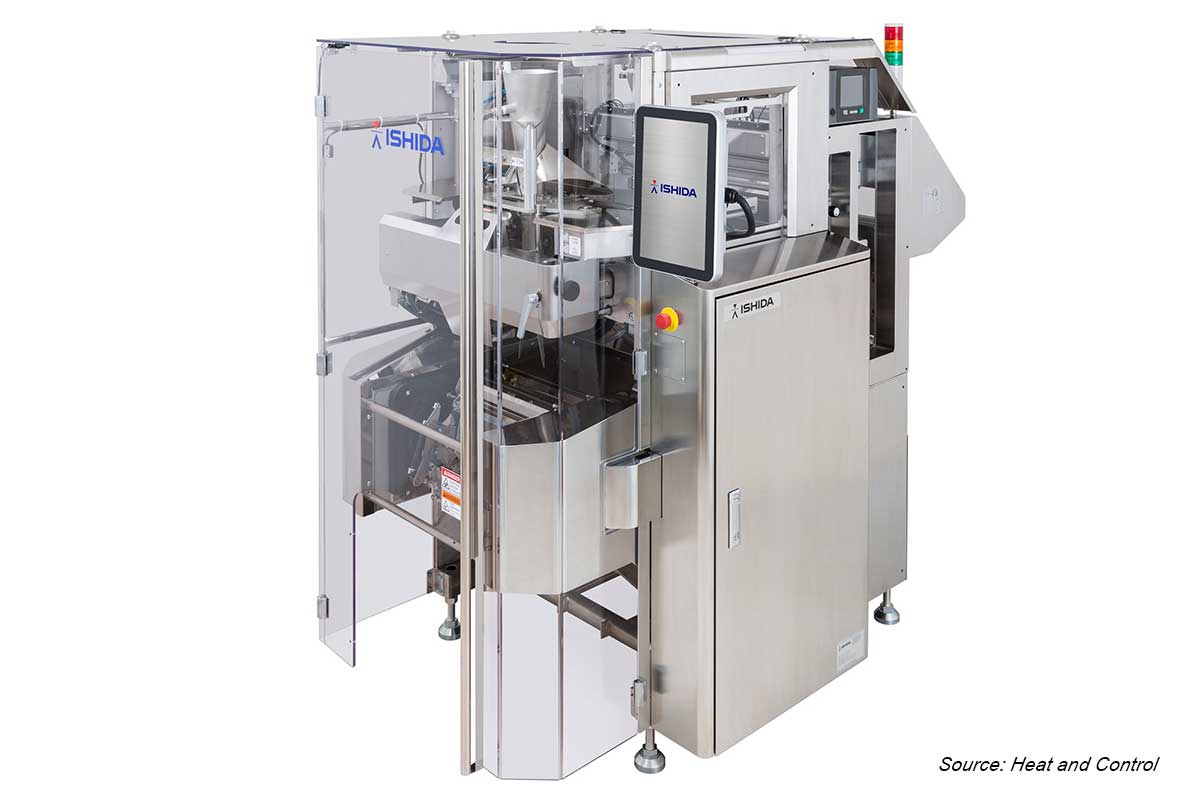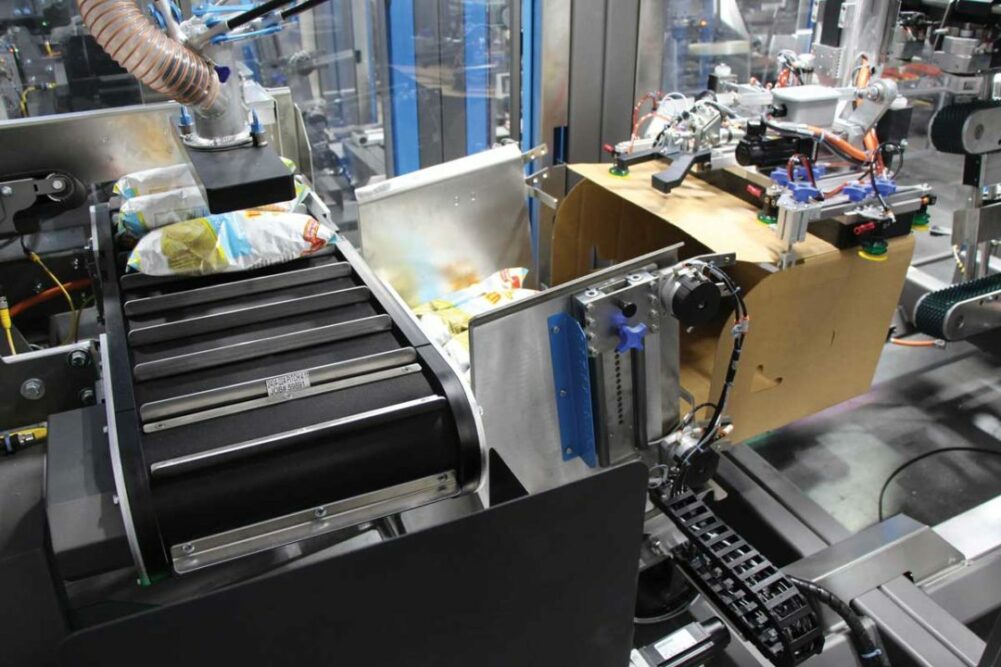To avoid bottlenecks that often occur in packaging, bakeries often call for all-hands-on deck, putting more people in that department than any other part of the line. Not a second thought was given to this in the past, but during a pandemic, reducing headcount takes on new importance — not only for employee safety but also for consumer confidence in food safety.
“Ensuring food is hygienically produced and packaged correctly to avoid product deterioration or harm to the consumer has always been a vital consideration, but with fears surrounding the ingress of foreign contaminants at an all-time high, even closer attention must be paid to equipment cleaning and effective pack sealing to ensure product safety,” said Teri Johnson, vice-president of TNA North America.
Bakers and snack makers have always looked to maintain the highest quality standards and avoid contamination and dreaded recalls, but there are a few more inline concerns today that must be addressed.
“Sanitary requirements continue to increase for bakers and snack makers for the safety of the public,” said Mike Rebollo, southwest regional sales manager, BluePrint Automation (BPA). “Many of these requirements are cleaning procedures, new sanitary designs and materials that allow for ease of clean up and minimize areas for product build up.”
Contamination concerns are not new. Hygienic, food-safe materials must be used wherever product touches equipment. This limits the opportunity for foreign contaminants like bacteria, metals, plastics or allergens to be accidentally introduced. Horizontal form/fill/seal (HFFS) and vertical form/fill/seal (VFFS) machines are being built with the same sanitary design elements in mind.
For example, TNA’s roflo range of conveying systems are constructed with food-grade stainless steel that withstands aggressive fats, oils and flavors and helps guard against the formation of any surface imperfections that could house bacteria.
Special materials, such as flexible coatings or liners, are also incorporated into all product-touching areas of TNA’s advanced intelli-weigh multi-head weighing equipment not only to regulate flow and reduce product breakage but also to ensure a hygienic transfer of product through the weigher and into the bagger.
Heat and Control designed its VFFS machines with no crumb accumulation points where products, seasonings or other particles can get stuck.
“For VFFS, snack industry design is centered around having an open-jaw area for easy cleaning, ensuring there are no ledges on sheet metal for accumulation of product, in addition to clean welds and appropriate fasteners,” said Jeff Almond, snack food packaging industry manager, Heat and Control.

Harborage points are just as important for HFFS systems. By eliminating harborage areas, said Angela McDaniel, marketing coordinator, Formost Fuji, bakers remove places where bacteria can gather and grow. However, sanitation of any machine requires different levels of cleaning. Some might require full washdown, lines running allergens for example, while others may just require wipe down. Today’s systems can be customized to the baker’s needs.
Formost Fuji’s Alpha 8 Sanitary Design wrapper, for instance, comes with complete washdown capability where everything from the infeed conveyor to the end seal of the machine can be taken apart and sanitized. However, washdown is also available for bakers who just need to fully clean the infeed conveyor while the wrapper body is wipe down only.
“If it’s truly a washdown situation, then absolutely you want to be able to remove those parts. But a lot of companies are making the infeed sanitary while keeping the machine portion of it more wipe-down style,” said Dennis Gunnell, president, Formost Fuji. “We make a hybrid design that is cleanable but also reduces cost.”
Fighting off contamination requires customizability. A packaging line designed to limit threats of microbial or foreign material contamination means peace of mind when the product is packed up and shipped off to consumers.
Fortress Technology’s inspection machines must also be built to eliminate harborage points. This can be even more tricky for full washdown lines.
“You need to prevent places where dirt and water can build up, get trapped or pool, like on the conveyor frame and components,” said Eric Garr, regional sales manager, Fortress Technology.
Bagging poses another tricky area to maintain proper sanitation levels. Placing product into a bag requires care to avoid product jamming against the mouth of the bag, which creates crumbs and waste. Niverplasts’ CombiPlast systems incorporate high-speed cameras to inspect bakery products for quality prior to packaging to increase efficiencies in bagging and limit crumbs.
“Our integrated system for machine cleaning uses compressed air to maintain proper hygiene,” said Mark Finneran, United States sales representative, Niverplast.
Compressed air avoids introducing water to areas where, when combined with crumbs, can quicken the growth of bacteria mold. Whether wipe down, full washdown or air-cleaned, packaging lines need to be more pristine than ever.





